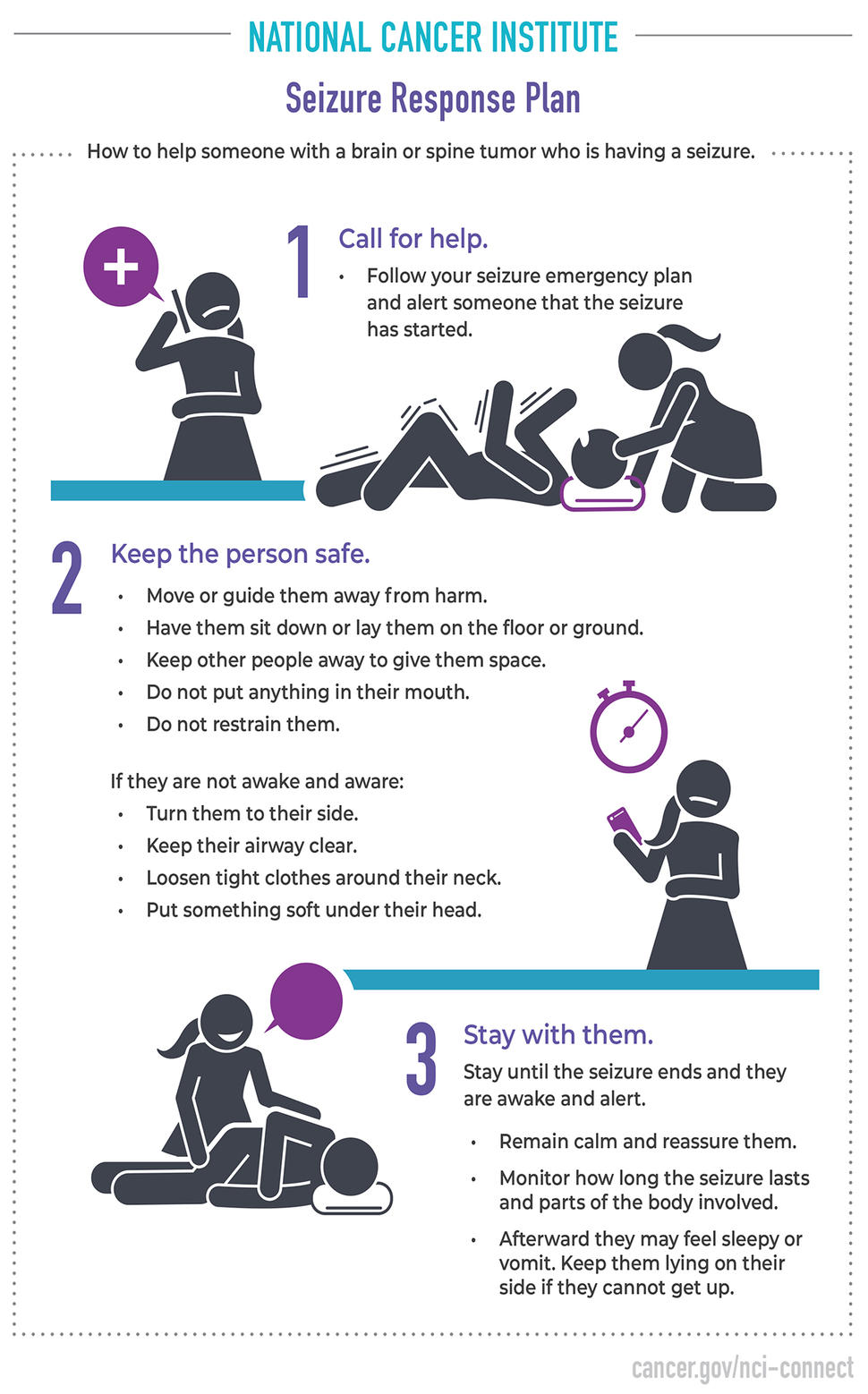A seizure is a sudden, uncontrolled electrical disturbance in the brain. Seizures can cause changes in your behavior, sensations, and consciousness. They may occur as a result of a medical condition or in response to a change in your environment. There are many different types of seizures, and their symptoms vary depending on the type of seizure and the part of the brain that is affected. Seizures can be mild or severe. In some cases, they can be life-threatening.
Seizures are generally classified into two categories: convulsive and non-convulsive. Convulsive seizures, also known as tonic-clonic seizures, are the most common type of seizure. They involve involuntary muscle contractions and loss of consciousness. Non-convulsive seizures do not involve muscle contractions or loss of consciousness. Instead, they may cause changes in behavior, sensation, or both.
The symptoms of a seizure depend on the type of seizure and the part(s) of the brain that are affected. Some people experience only one kind of seizure; others experience multiple types. The most common symptom of all types of seizures is an alteration in consciousness (e.g., staring blankly ahead). Other symptoms may include:
Convulsive seizures: Involuntary muscle contractions (including rigidity and jerking movements), loss of consciousness, tongue biting, drooling, urinating/defecating involuntarily Non-convulsive seizures: Absence (petit mal) Seizure – A brief period (usually seconds) during which you lose contact with your surroundings but remain aware; usually characterized by staring blankly ahead Myoclonic – Sudden brief jerks or twitches involving either individual muscles or groups Disturbances in movement: Ataxia – Unsteady gait; difficulty coordinating voluntary muscle movements Clonic – Repetitive jerking movements involving groups of muscles Tics – Recurrent involuntary muscle contractions Dystonia – Involuntary muscle contractions that result in abnormal postures Choreoathetosis – Involuntary writhing movements Abnormal sensations: Paresthesias – “Pins and needles” sensation; tingling Alterations in smell/taste HallucinationsChanges in level of consciousness: Stupor – A state between sleep and wakefulness; marked by unresponsiveness to external stimuli Coma – A state where you cannot be awakened even by strong stimulation Delirium – An agitated state characterized by confusion and disorientation
Most people who have convulsive seizures will regain full consciousness within minutes after the seizure ends. However, it is not unusual to feel tired for several hours afterward. People who have non-convulsive seizures usually remain fully conscious throughout the event although they may be confused for some time afterward due to their altered mental state during the event itself


